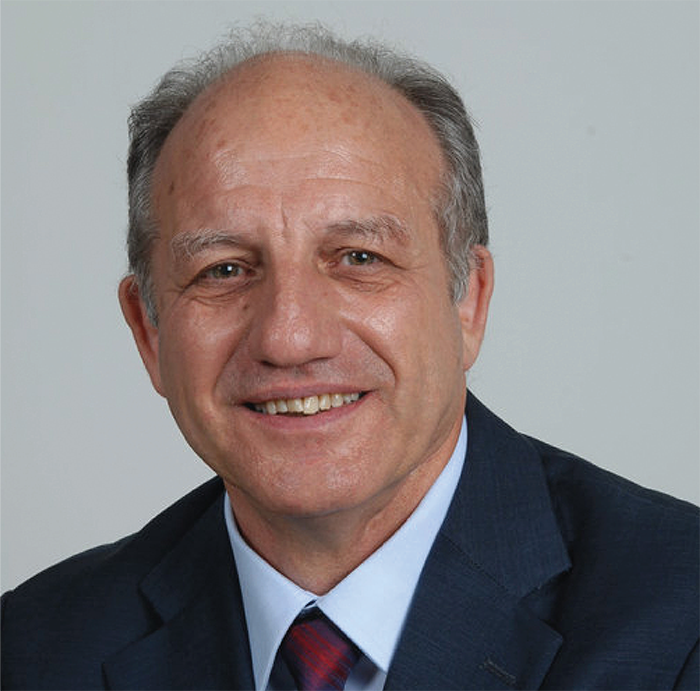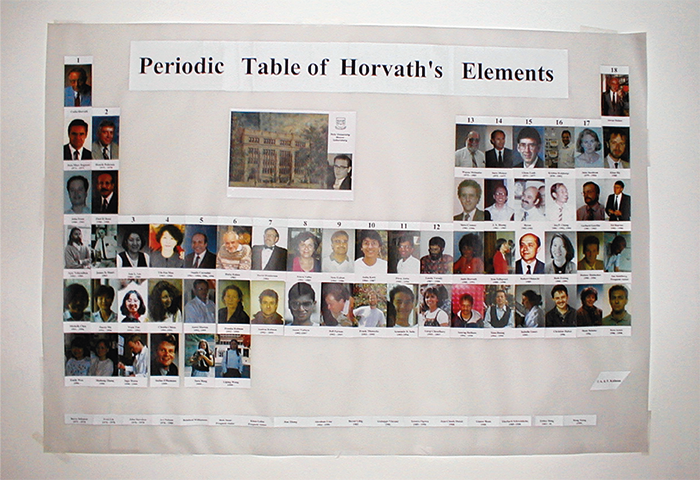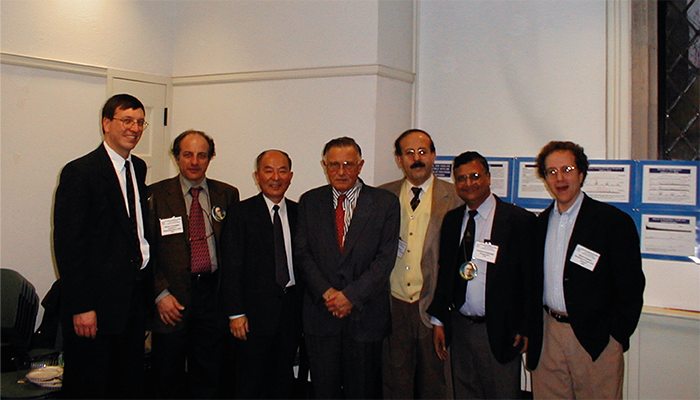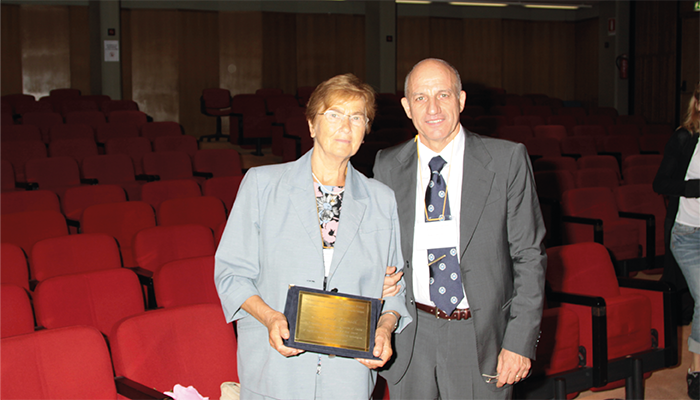Csaba Horváth (1930–2004) is universally recognized as a pioneer of modern separation science, especially high-performance liquid chromatography (HPLC). He designed and assembled the first high pressure system for liquid chromatography (LC), which can be considered the forerunner of the modern HPLC instruments. Among his other numerous achievements, Csaba developed a thermodynamic-based model for the retention mechanism in reversed-phase chromatography (RPC), demonstrated the usefulness of the displacement separation mode in preparative LC, and invented porous-layer coated microparticles as packing material for gas and liquid chromatography, just to mention few.

Danilo Corradini
I first met Csaba in 1979 at the Institute of Chromatography in Rome, where he was on a 12-month sabbatical. It was a few months after defending my PhD thesis – my data were largely discussed on the basis of the findings of Csaba’s studies on the solvophobic interactions in liquid chromatography with nonpolar stationary phases. Michael Lederer, my thesis adviser and, at that time, the director of the Institute of Chromatography, introduced me to Csaba. I immediately appreciated the way he would engage others in stimulating discussions and share new visions and ideas – not limited to scientific topics, but covering all aspects of everyday life, including cooking, eating, music (he played piano), and art.
This feeling was reinforced in 1983, when I joined Csaba at Yale University to continue my formation in separation science and learn the art of performing protein HPLC. After returning to Italy (in 1985), I was appointed at Yale two more times; and, for more than a decade, I visited Csaba and his laboratories almost once a year. At the same time, Csaba served on the scientific advisory board of my Institute at CNR in Rome. Hence, for many years, I had the great opportunity and pleasure to appreciate his willingness to discuss research plans and experimental data with his students in a way typical of a gentleman exhibiting old-fashioned courtesy. Csaba was a hard worker and very often these stimulating discussions were conducted in his laboratories late in the day or even in the night or during the weekend, which often were the only possible options given his busy schedule. A barbecue at his home or the frequent welcome or farewell parties for the numerous foreign students hosted in his research group were other occasions to meet him in a relaxing environment and, at the same time, to discuss state-of-the-art separation science or specific aspects of the studies and progress in his laboratories.
When a major separation science symposium came around, Csaba would put on a lunch or dinner for current and former students. In most cases, the participants to these events were quite numerous and, although they were working with Csaba at different times, they all knew each other because of their participation in these get-togethers. So, it is not surprising that former students of Csaba formed a truly international group and are still in touch.
On the occasion of Csaba’s 70th birthday, his former students created a Yahoo Group with 82 members, proudly calling themselves “Csabaites,” and organized the “Horváth Symposium,” held at Yale University on January 22–25, 2000 (Figures 1,2). All scientific communications, podiums and posters, were presented by Csabaites, who confirmed the high level of the scientific school established by Csaba. Unfortunately, while the Csabaites were planning to organize in 2005 a second “Horváth Symposium” to celebrate Csaba’s 75th birthday, he passed away on April 13, 2004.

Figure 1. Periodic Table of Horváth's Elements displayed by the Csabaites at the Horváth Symposium held at Yale University in 2000. It is a list of postdocs and students of Csaba Horváth reporting, in the format of the Periodic Table of Elements, their names and photograph in the order of the period they worked with Csaba at Yale University
Over the past 20 years, the Csabaites have stayed in touch and have honored the memory of their mentor on different occasions. At least once a year, Imre Molnar (Molnar Institute, Berlin) organizes an online meeting to honor and remember Csaba on the day of his birthday. At the memorial online meeting of this year (January 25, 2024), all Csabaites were invited to participate in the 28th International Symposium on Separation Sciences (ISSS2024), which will be held in Messina on September 22–25, 2024 – the second time the ISSS has been hosted in Italy. It will include a plenary session in Memoriam of Csaba Horváth, with all communications presented by the Csabaites.
Back in 2010, the 16th ISSS was held in Italy for the first time in the city of Rome. The program of that edition also included a plenary session in Memoriam of Csaba Horváth – chaired by Heinz Engelhardt and Wofgang Lindner. During the session, Csaba’s sister, Tunde Horváth, received a commemorative plaque celebrating the event (Figure 3).

Figure 2. Csaba with few Csabaites who attended the Horváth Symposium. From left, Ed Bouvier, Danilo Corradini, Jen P. Chang, Csaba Horváth, Ziad El Rassi, Krishna Kalgtagi, Steve Cramer.
Almost all Csabaites are still actively involved in research and continue to contribute significantly to the advancement of separation science, conducting their activity worldwide in either academic or industrial workplaces. Their participation to ISSS2024 is expected to contribute to the success of the symposium, which traditionally offers a platform for the discussion of new developments in the field of separation science, including relevant aspects of sample preparation, the hyphenation of chromatographic and spectroscopic methods, and challenging applications in scientific and industrial areas.
The scientific community is invited to participate in ISSS2024 to contribute to the discussion on the advancements and future perspectives of separation science and to share the feeling that scientists like Csaba Horváth continue to live on in the science produced by those continuing their work.

Figure 3. Tunde Horváth, showing the commemorative plaque celebrating the scientific session held in honor of her brother, with the Chairman of the 16th ISSS, Danilo Corradini.
The ISSS2024 website is now live – www.sepscisoc.com/isss2024 – and includes details of the venue and local accommodation. Notably, abstract submissions for podium, poster, and flash-oral communications are in process (www.sepscisoc.com/abstract-submission) and the deadline for submission and registration at a reduced rate is July 5, 2024.




